Mystopia isn’t out yet, but a demo dropped recently and we were offered a code by the developer. I should mention before we get into my thoughts that I got a more extensive version of the demo that has more features. So, I might talk about things that haven’t been added yet, that are subject to change, or things that might be nixed entirely in the full release.
So, what is Mystopia and can it be defined as a game?

Personally, I’d say that Mystopia is more of an experience than it is a game. I say that because there’s no real gamification in this “game”. It’s all very chill with no time limits, no missions, and no goals. You’re just kind of vibing; which is totally fine!
If you’re not looking for any sort of progression or overall aim, then Mystopia is a fun little experience to sink into.
Overall, you’re looking at a random generator. You start with four envelopes and when you open them you get blocks. Over the course of every 5-ish seconds, you’ll have an envelope spawn. They pop up in three different colors – purple, pink, and red – but I don’t think they correlate to what’s inside or the rarity. If they do, I haven’t figured it out.
You’ll notice that some envelopes will spawn on the ground or they’ll be floating out next to a block. Envelopes that are opened on the ground are always items and ones opened up next to blocks will be more blocks.
It’s all random, you don’t get to choose what pops out and eventually, you’ll have a cacophony of varied items and terrain in a myriad of colors.
And that’s it! That’s the game! There are more nuances that I’ll go into, but that’s literally the point. You open up the envelopes and you build out what you like.
Thankfully, there are items that you can get that will help manage this a bit. Firstly, you’ll likely unlock the cauldron where you can mix three pre-set objects and create potions. These potions will have an effect on the atmosphere. Some of them change the background color, some change the size of objects, etc.
Every game should have a cauldron. I’m not even trying to be funny.

There were only a few potions to make, but they were fun to create and fiddle with.
The second item that you’re waiting for – and arguably the most important – is an altar. This altar not only lets you “sacrifice” blocks and items to get rid of them. But, it also gives you coins in exchange that you can use in the shop that the altar doubles as.
In the shop, you’ll have access to three random blocks, but you can use coins to re-reroll or wait for the timer to run out for the natural transition. Paying to re-roll has a cooldown that you need to be mindful of because re-rolling repeatedly will get more expensive since it doubles the cost. One re-roll is one coin, the second is two, the third is four, then eight, etc.
Other than the cauldron and altar, you may get some musical instruments that change the sound of the music or even a chest that you can open for fun things like a train set. It’s not always trains, but it’s fun to pop the tracks down and have the train run on a constant loop.
Now that I’ve mentioned the instruments, I want to take a moment to talk about the music. I’ve only noticed that there are two songs that play, but they’re both bangers. I’m not kidding, they absolutely slap and I enjoyed having them play the entire time. You guys know I’m such a stickler for audio.
Oh, and the magical sound that pops up when you open an envelope? Pure serotonin.

I’d be remiss not to mention the graphics, which I found charming and detailed. There wasn’t anything that stood out to me as poorly designed or out of place.
With all that out of the way, let’s talk about the controls because you have some options. The left mouse click moves blocks, the right mouse will twist items, “Q” and “E” will spin the entire island, the mouse scroll zooms in and out, and WASD will move the camera.
It’s all pretty basic and while you can use an outside controller, I found it easier to use the mouse since you’ll be chasing down these envelopes that spawn randomly.
Your menu is hidden and only denoted by a small arrow at the top. Thankfully, the tutorial does show you where it is, so it’s not something you’ll be able to miss. The menu is simple. You have a camera mode that will allow you to change brightness, saturation, and greyscale.
I normally use F12 which will work with any Steam game, but finding the folders is a veritable Hobbit’s tale. If you’re not taking a ton of screenshots, it’s easier to use the camera feature which saves the screenshots in a more convenient folder.
Also, in the menu, you have a toggle to spin the island, but “Q” and “E” will be faster. The hamburger menu takes you to your settings. And, lastly, there’s a journal that keeps track of the blocks that you’ve unlocked.
So, while I sank a good hour into the game and had a lot of fun doing it, there’s not much substance game-wise. This is something you’ll grab if you just want to putter around and try to create things. It’s almost like a sandbox, but with a random generator attached.
Since it’s still in demo phase, I’m not sure when it’ll release or for what price. But, if you want to try out Mystopia, you can download the demo on Steam and try it out for yourself. If you’d like to see one of our latest reviews, you can check out the one we did on Oddada.
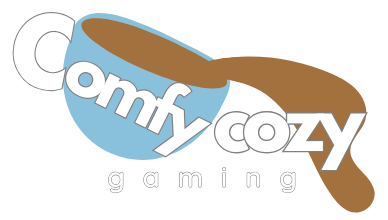

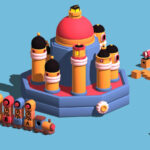

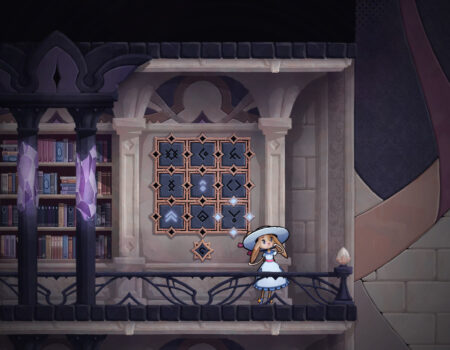

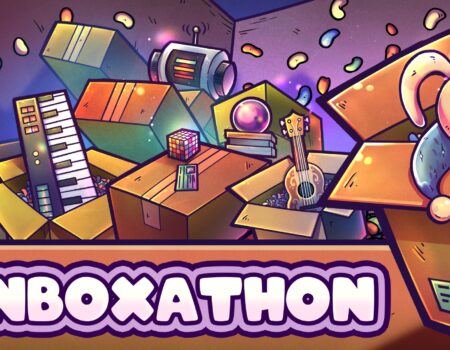
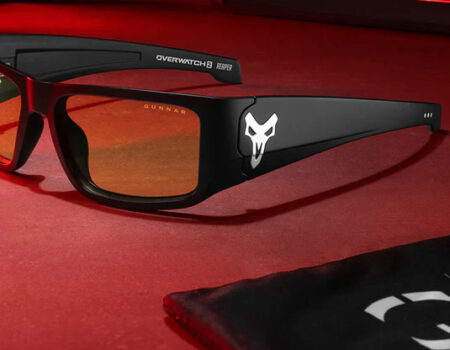
[…] you can get it over on Steam for $12.99. Otherwise, you can check out the review we did on the Mystopia demo that recently came […]
[…] I sank a good hour into Mystopia and had a lot of fun doing it, there’s not much substance game-wise. This is something you’ll […]